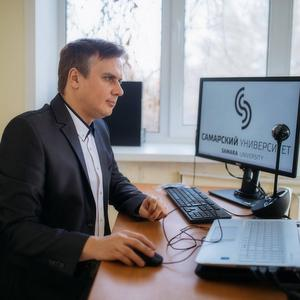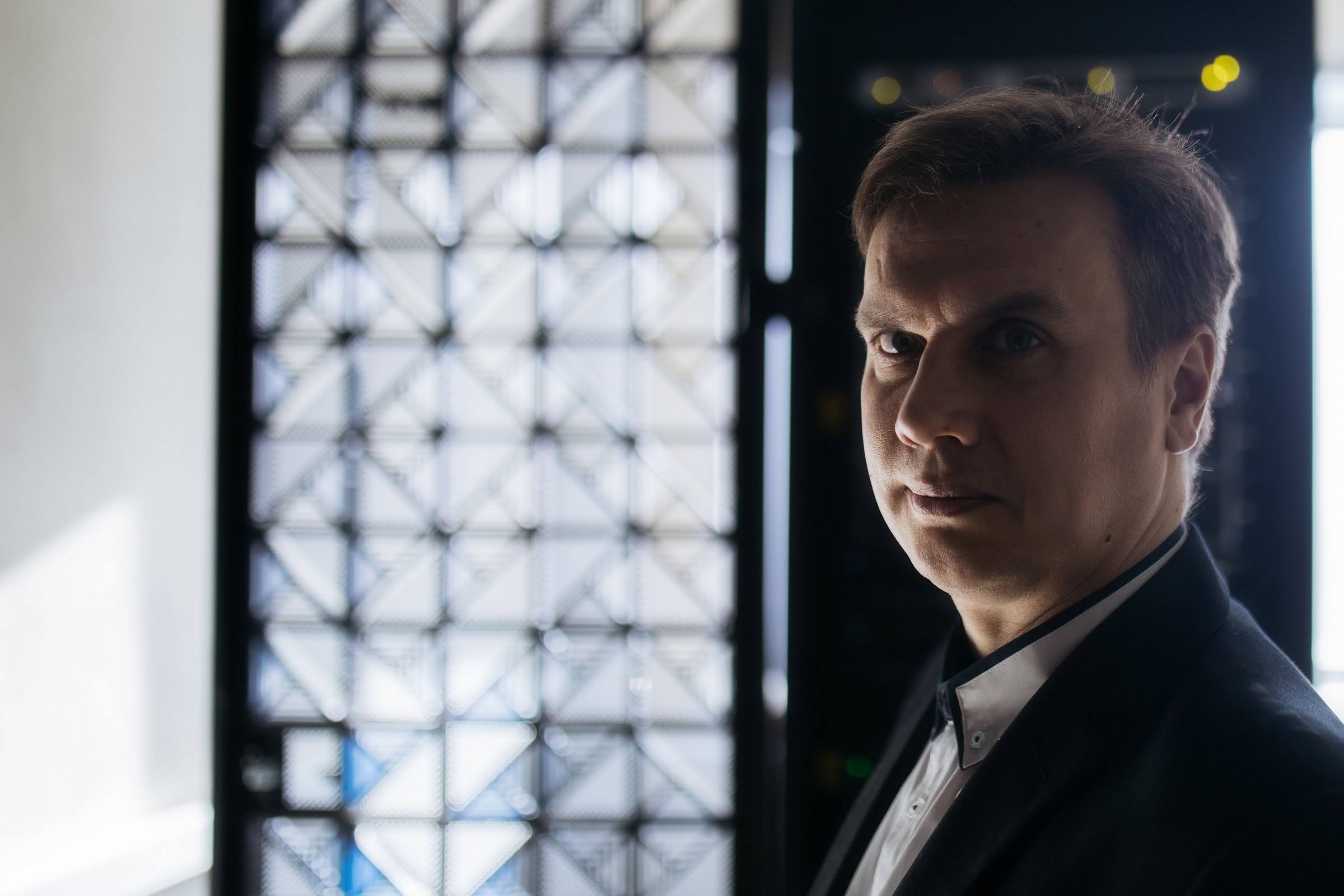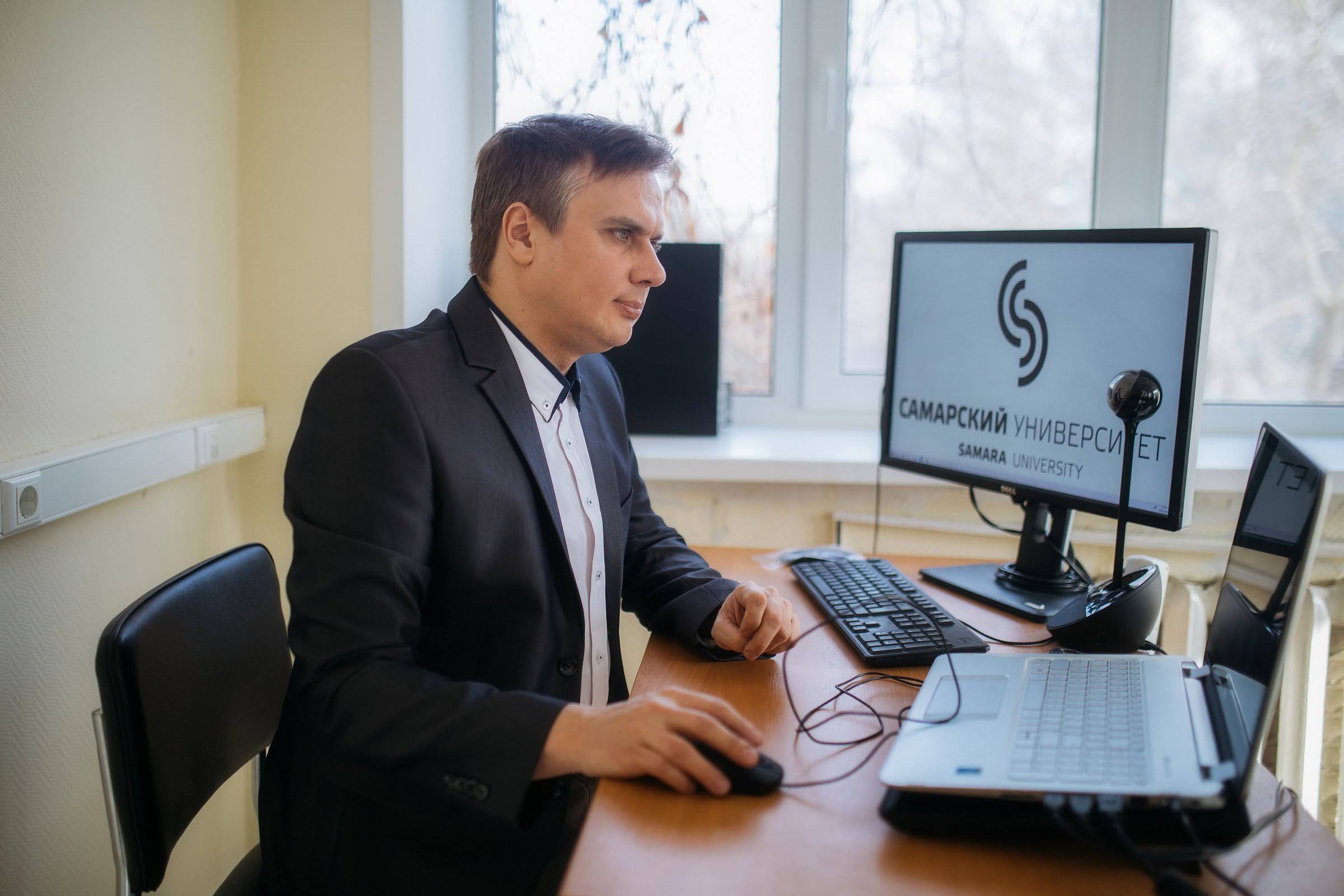Samara National Research University and Russian-Armenian University (Yerevan) scientists shall jointly develop a universal software package for human assistance/terrestrial computer service/neural network or database free in-monitoring autonomous hyperspectral image obtainment. The innovative algorithmic approach based development shall simplify the mass introduction of hyperspectral technologies in various fields. The project received grant support from the Russian Foundation for Basic Research and the Science Committee of the Ministry of Education, Science, Culture and Sports of the Republic of Armenia.
“A prototype of a universal computer system that dynamically adapts to each task of image analysis by automatic generation and selection of special informative features based on the algorithms being developed is planned to be created based on the results of research in 2022.
Such a computer system will significantly increase the efficiency of the solution of many applied problems for digital image analysis, the field of geoinformatics, smart farming, Earth remote sensing and medical diagnostics included,” said Professor Alexander Kupriyanov, Project Manager, Head of Department of Technical Cybernetics at Samara National Research University.
The hyperspectral technologies (2) originally developed for use in space are gradually finding increasing application on the Earth. For instance, for the creation of devices for the early diagnosis of dangerous diseases which at the initial stages can proceed without obvious symptoms. In intelligent farming systems, hyperspectrometers can accurately and quickly evaluate the state of crops, soil moisture, its saturation with mineral fertilizers, the presence of weeds, diseased plants, etc. Using a hyperspectral image from space or from a drone, one can recognize foci of forest damage by any pests, “see” which harmful substances have contaminated a particular water body.
The problem with the obtainment and formation of a sufficient array of reference spectral images (so-called “hypercubes”) with which the results could be compared remains one of the key obstacles to the massive use of hyperspectral technologies. Most hyperspectral image decoding required features are obtained empirically. The previously identified object image vs neural network classification is most often used for a new image analysis.
“The fundamental problem is upon impossibility of coming up with a universal feature – it will always be unique for each type of image,” Mr. Alexander Kupriyanov underlined. - If we want to find a river in a picture, then intuitively we get that we need to look at the maximal value in the blue range, and, if we want to find a soil – then, in the red one. But, if we need to distinguish a salty lake from a fresh one, or, to highlight certain vegetation – a coniferous forest, for instance, then the feature becomes more complex and we need to look for a range as of which shade of green we are interested in. And since we are solving the “distinguishing” problem from everything else, for instance, in the case of vegetation, then we need to analyze not only the green, but also the red light ranges. Relatively speaking, there should be a lot of brightness in green, and not much in red.”
The international scientists’ group proposed approach allows for an autonomous complex classifier or neural network free calculation of the informative features of the object identification. It is based on a technique that allows for selection of the optimal filter for the entire image processing by one parameter control. Now scientists are developing a self-learning algorithm that can independently calculate such informative features necessary for recognizing objects of hyperspectral images.
“Our research at this stage is of a purely fundamental nature, but its practical significance is obvious. Our approach allows us to obtain an algorithm capable of independently calculating the informative features of the desired objects in hyperspectral images without ready-made indices or a specific sample at hand", – according to this work prospects evaluation by Mr. Alexander Kupriyanov.
This solution opens up the possibility for the creation of light drone adapted mobile hyperspectrometer deployment. It is economically unprofitable to record and store a large amount of hyperspectral data on such devices. It is even more difficult to quickly transfer the collected information to a server for processing by a neural network requiring significant time and technical resources. The use of algorithms will allow them for immediate calculation of informative features of the desired objects, on the fly, literally speaking, with the onboard UAV help chip systems.
For reference
1) Scientists of Samara National Research University, Institute of Image Processing Systems of Russian Academy of Sciences – Branch of Federal Research Center Crystallography and Photonics of Russian Academy of Sciences, Russian-Armenian (Slavonic) University (Yerevan, Armenia) and Institute of Informatics and Automation Problems of National Academy of Sciences of Armenia work on research within RFBR Grant ”Construction of Computationally Efficient Procedures for Formation of a Set of Informative Features Consistent with Texture Properties of Images.”
2) Traditional cameras only need to capture three colors – blue, red and green – for recreation of a clear human eye perception image in their various combinations. The hyperspectrometer analyzes the reflection of light waves throughout the entire spectrum and, due to this, “sees” not just the color of a single point, but the layers from which it is composed. The number of such layers can be in the hundreds, and understanding their combination allows one for obtainment of a unique spectral image of any object.
3) Samara National Research University is one of the world leaders in the field of photonics. More than 40 years ago, a school of computer optics and image processing was created at University and has been successfully operating under the leadership of Mr. Viktor Soifer, Academician of Russian Academy of Sciences, President of Samara University. The University scientists have developed innovative diffractive optics which has found application in various fields – space, medicine, agriculture.
In particular, the university has developed an ultralight optical system for Earth Remote Sensing (ERS) which will simplify and reduce the cost of creating massive constellations of nanosatellites for the Earth's surface monitoring. The research in the field of diffractive optical elements allowed the scientists of Samara National Research University to create compact hyperspectral devices for use in intelligent farming systems. The mobile agro-reclamation complexes are able to independently analyze the state of the soil and regulate the intensity of irrigation and fertilization with the possibility of increasing the yield of agricultural crops by an average of 25–30 %.



